Rooted Plants versus Epiphytes and Floating Plants
Some planted aquariums have epiphytes (plants growing on wood or rock) and floating plants. Tabs put into the substrate obviously won’t work too well for these epiphytes as they do not have roots into the substrate. So they have to be supplied phosphate and iron through the water column. This means the fertilizer recipe preferred by the author needs to be amended. This method is also useful with gravel substrates, including under-gravel filters.
The fertilization program then becomes similar to the Estimative Index method of fertilization save for one difference:
- the use of ammonium rather than nitrate to supply the nitrogen in aquariums with a pH less than 8.2
Note I found the Estimative Index formula to be impossible to make using ammonium as the nitrogen source at the 3.4-1.0-12.0 NPK of the nitrate based Estimative Index fertilizers. So I have fallen back on a 1.7-0.5-6.0 NPK for ammonium-based estimative index liquid fertilizer with twice the dosage. Note that Aquarium Co-op Easy Green has an NPK of 2.7-0.5-9 but is nitrate based.

A weekly cumulative added dose of nutrients high-tech tech aquarium with a moderate amount of lighting, CO₂, and plants would still be around:
- N nitrogen level of – 3.4 ppm three times per week
- P₂O₅ Phosphate – 1 ppm three times per week
- K₂O – Potassium – 12 ppm three times per week
- Fe/traces – Iron and micronutrients – 0.2 ppm three times per week (alternating with the three ingredients above)
Two fertilizer formulations are needed. One without iron (the “macro”) and one with iron (the “micro”).
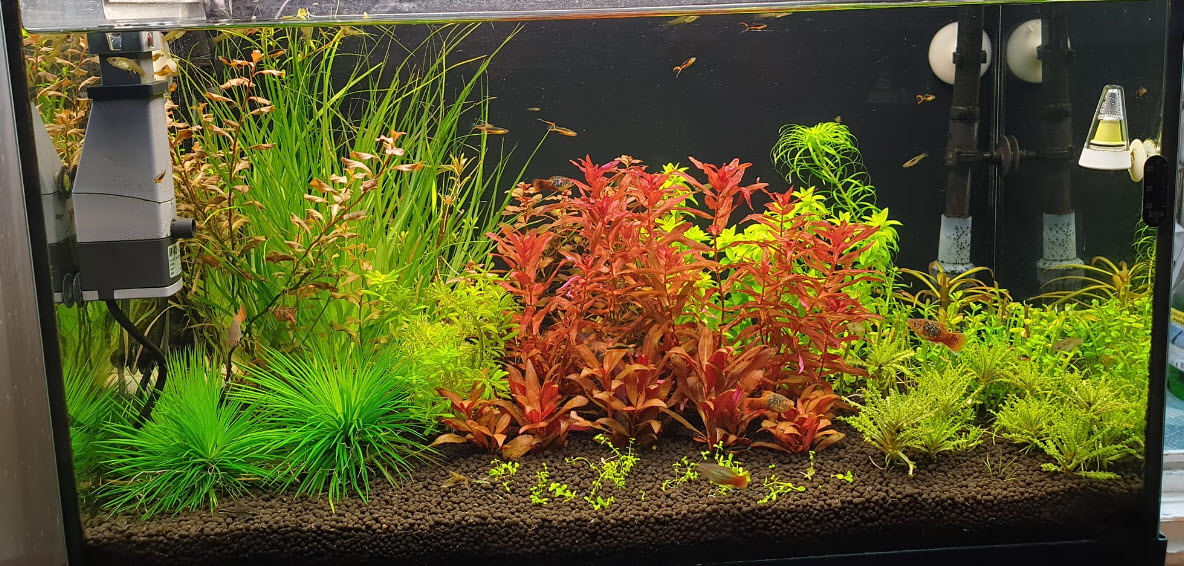
“Macro” Fertilizer Formula for Epiphytic Plants
The formula for the first fertilizer (“macro” or no iron) becomes:
- take one liter of heated distilled water and add:
- 90 grams potassium sulfate (0-0-55)
Potassium sulfate can be tough to dissolve and require several reheating over a span of 24 hours. Allow the solution to cool and then add:
- 100 grams of ammonium carbonate (29-0-0)
- 35 grams diammonium phosphate (18-46-0)
- 40 grams potassium bicarbonate ( 0-0-47)
- 5 grams potassium sorbate preservative
Note that ammonium carbonate will create noxious ammonia fumes with hot water so be sure the solution is cool. This creates roughly 1.3 liters of liquid fertilizer with the composition of roughly 1.7-0.6-6.0 NPK.
Note that phosphates form a compound called “polyphosphate” which can form a filmy cloudy kind of mulm at the bottom in a bottle of fertilizer. Just ignore it. And store all fertilizer solutions in the refrigerator to prevent mold from growing in them.
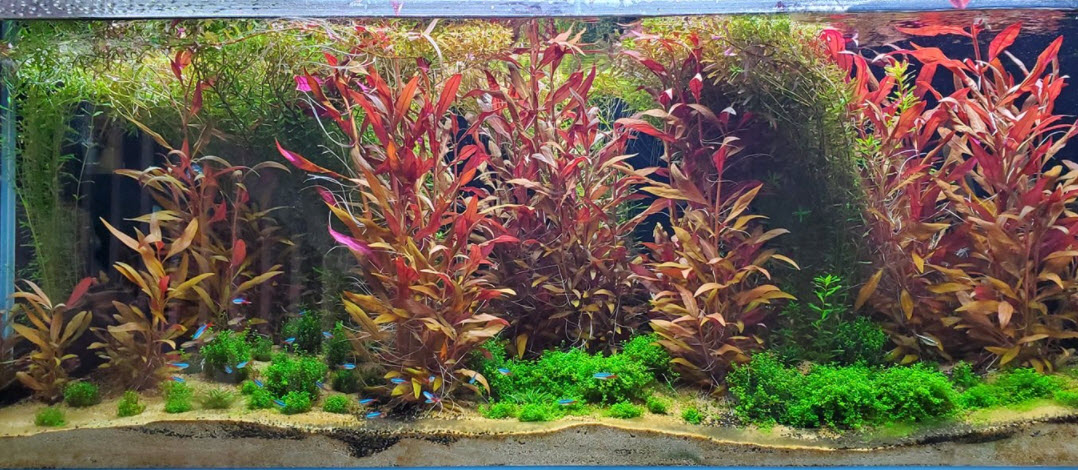
Several other ways to make such a fertilizer are covered in this link:
Flexibility
These fertilizer formulations are flexible. If one see new leaves with yellowing and the nitrate level of the water is below 20, add potassium nitrate or ammonium carbonate. If one has holes in the leaves go ahead and add some potassium sulfate. If older leaves are turning yellow, add phosphate. Do not be afraid to experiment. Different plants respond differently to fertilizers and water chemistry plays a big factor.
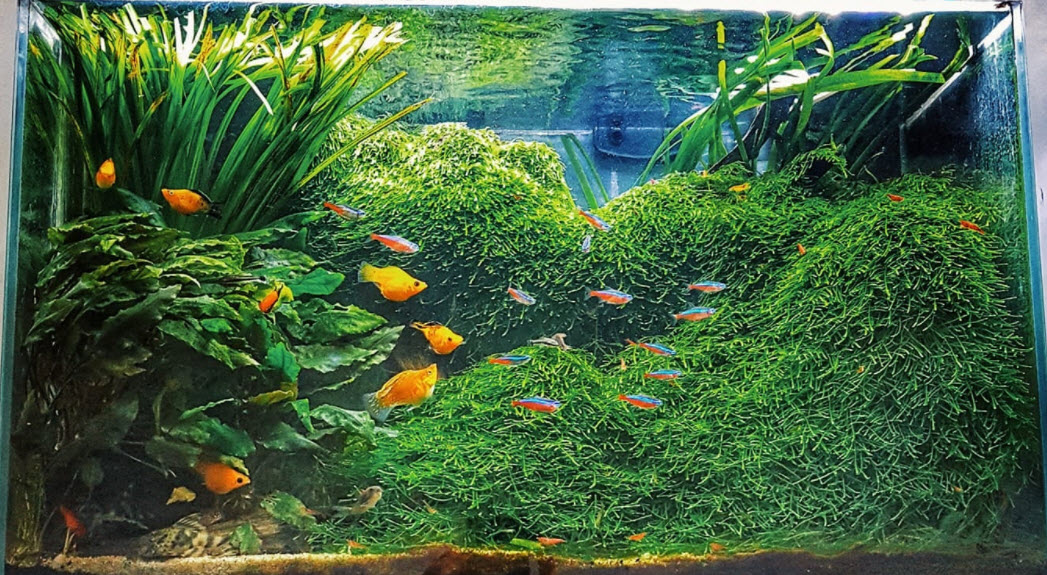
“Micro” Fertilizer for Epiphytic Plants
In addition, for a high-tech epiphytic aquarium, mix up 750 milliliters of distilled water and 250 milliliters of vinegar with 20.5 grams of iron sulfate (ferrous sulfate heptahydrate which is 20% iron by weight). One can also add 1 to 3 grams of garden store micronutrient mix to the vinegar.
The use of micronutrients other than iron is somewhat controversial. I can find no research which says the micronutrients (other than iron) are necessary with a normal water supply. Nor can I find any research which says a moderate amount of micronutrients do any damage.
Add one milliliter of this iron (plus micronutrients if desired) solution per 10 gallons three times a week for a moderately planted aquarium with moderate CO₂ and moderate lighting. Alternate this iron fertilizer with the above phosphate-containing fertilizer so that iron and phosphate are not added at the same time.
Note that one can increase the iron concentration and simply proportionately reduce the amount put in. For instance, if one has a moderate 50-gallon tank one can take the ferrous sulfate addition to 60 grams in a liter (12×5=60) and add one milliliter for the 50 gallons.
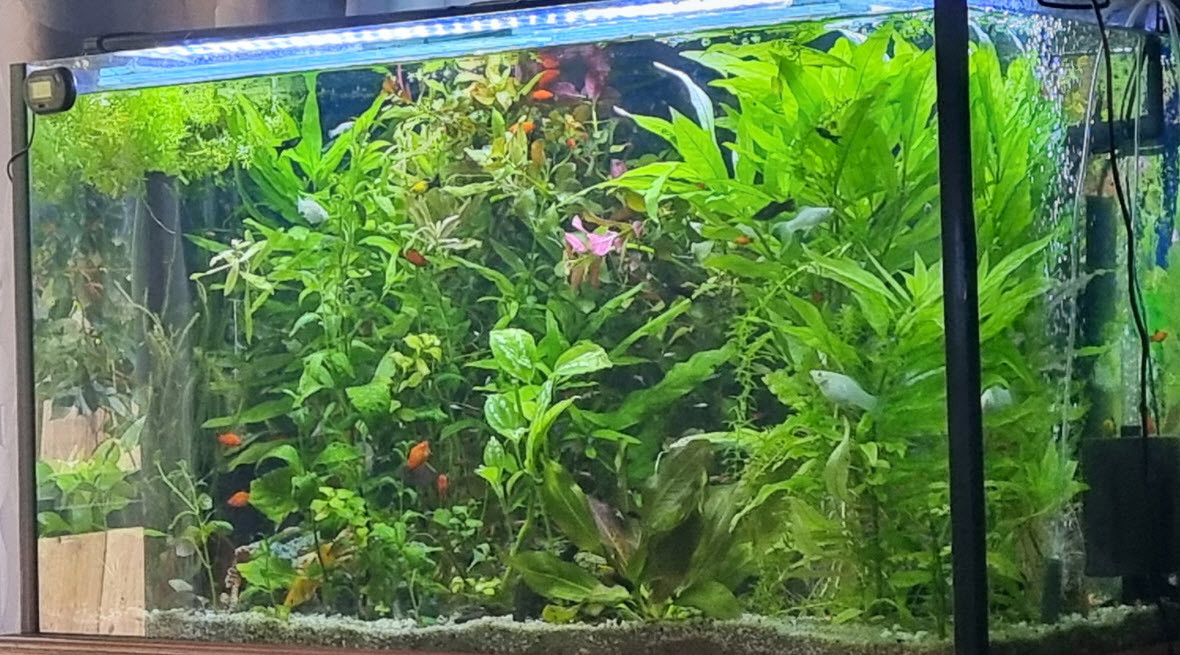
One can also use any solution of acid in distilled water with a pH of 5 to 6 to stabilize the ferrous sulfate. This can be weak solutions of hydrochloric acid (“pool acid”) or any other mineral acid. Adding this acid can take the KH of the aquarium to zero but that is not a problem as long as the pH first thing in the morning is above about 6.0. And even then a pH below 6.0 will only be a problem with fish in the tank as nitrites can become quite poisonous at that low of a pH.
Some with very soft water (less than 4 GH) add 60 grams Epsom Salts and 40 grams calcium acetate to the ferrous sulfate solution to give the plants the calcium and the magnesium they require. Note I avoid using calcium chloride here as I’m not a big fan of mixing plants and unnecessary chlorides. A bag of crushed coral in the filter is ALWAYS a good idea.
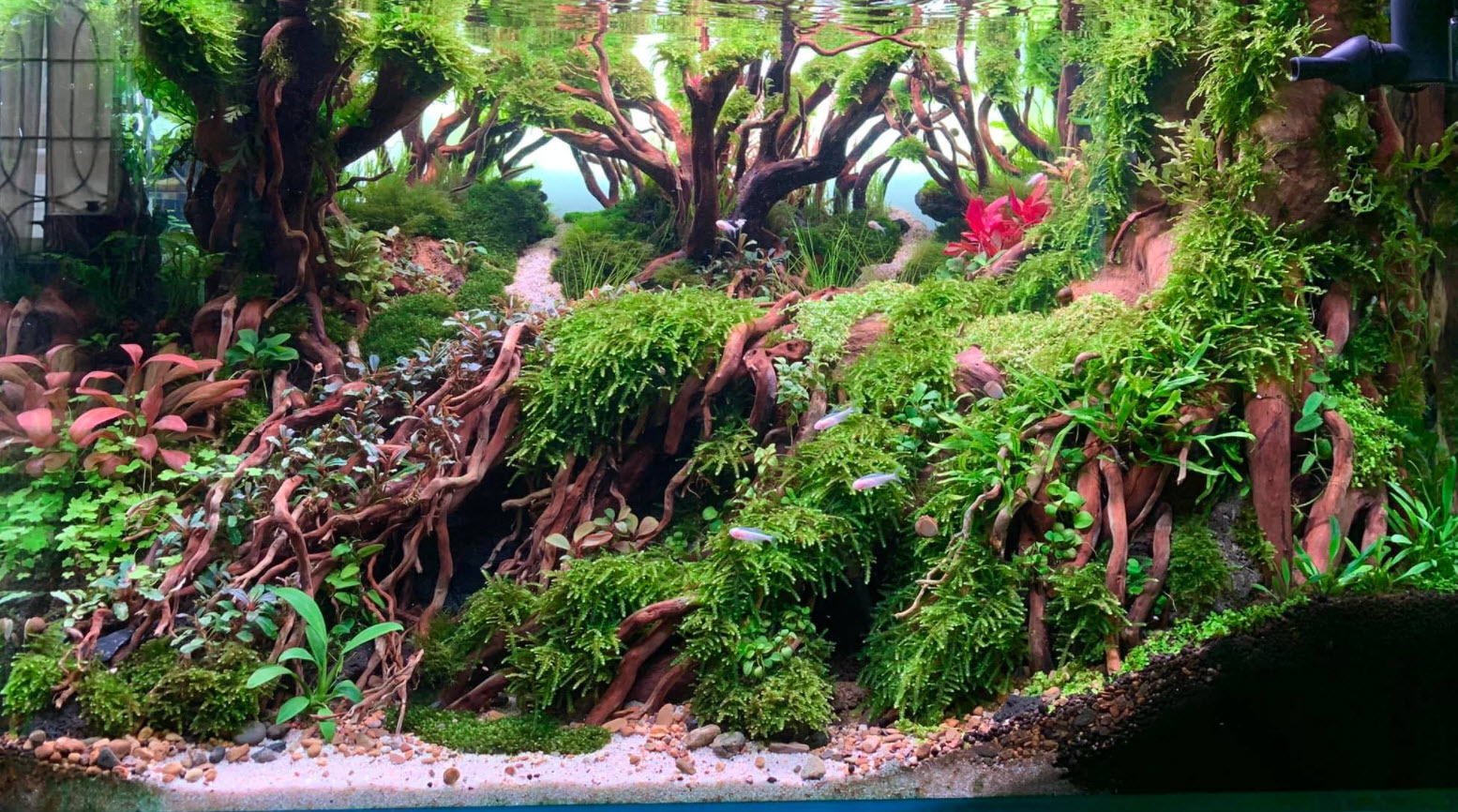
“Macro” Fertilizer Above 8.2 pH
As mentioned above, if one has fish in the tank one has to be aware of potential ammonia toxicity. The formulas above are fine for tanks up to 8.2 pH (measured first thing in the morning before the lights are turned on).
Above 8.2 pH just go to the formula for the EI methodology:
- 1 liter heated water
- 328 grams potassium nitrate (NPK 13-0-44)
- 16 grams mono-potassium di-hydrogen phosphate (NPK 0-52-34)
First, dissolve the potassium phosphate into the hot water and then dissolve the potassium nitrate. This creates 1.4 liters of liquid fertilizer with a composition of roughly 3-0.6-11 NPK. This formula only requires half the amounts in the graphs below as it is twice as strong.
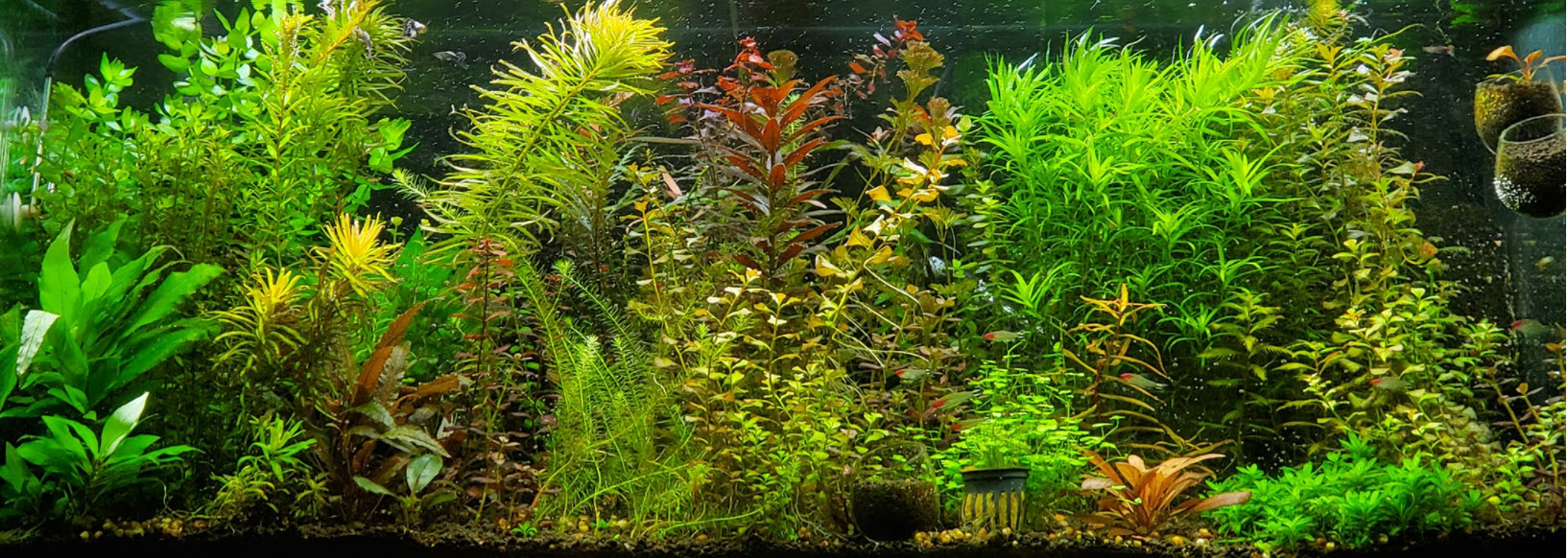
Schedule for Epiphytic Aquarium Fertilizer Formulas
Since one is supplying the iron and phosphate in the water column rather than in the substrate the schedule for fertilizing plants becomes the same as the EI method:
- Day one, do nothing
- Day 2 add N-P-K (nitrogen, phosphate, and potassium) fertilizer to the water column
- Day 3 add iron fertilizer to the water column
- Day 4 add N-P-K (nitrogen, phosphate, and potassium) fertilizer to the water column
- Day 5 add iron fertilizer to the water column
- Day 6 add N-P-K (nitrogen, phosphate, and potassium) fertilizer to the water column
- Day 7 add iron fertilizer to water column fertilizer
It is important to add this fertilizer ONLY after at least four hours of darkness in the aquarium. First thing in the morning is always the best. If the lights have been on for any length of time the CO₂ level can easily drop to the point where the pH goes over 8.2. Ammonium will become very stressful to fish at any level above 8.2.
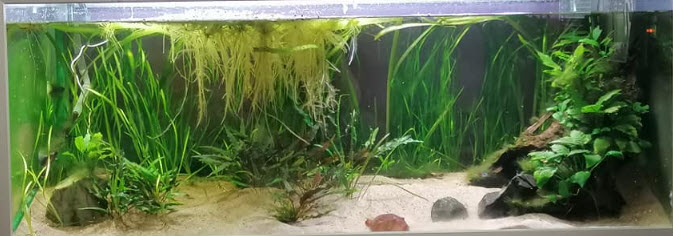
Do this per the following N-P-K fertilizer and iron schedules:
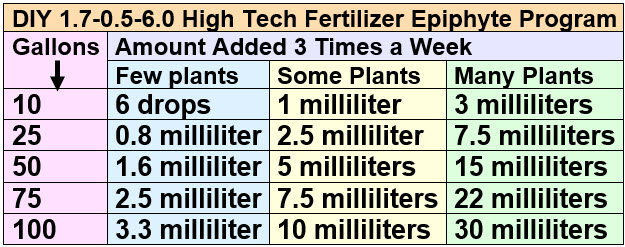
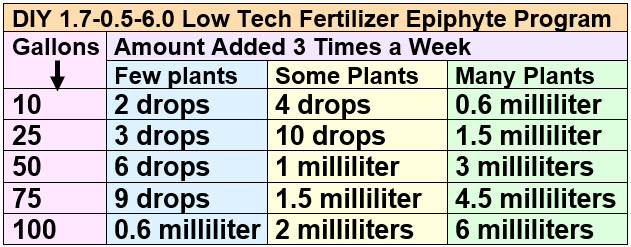
An alternative method of dosing is to measure the nitrate level the night of a day where the micros (iron) is added. If the nitrate level is below 5 ppm, add more fertilizer. If the nitrate level is above 5 ppm, decrease the amount of fertilizer being added.
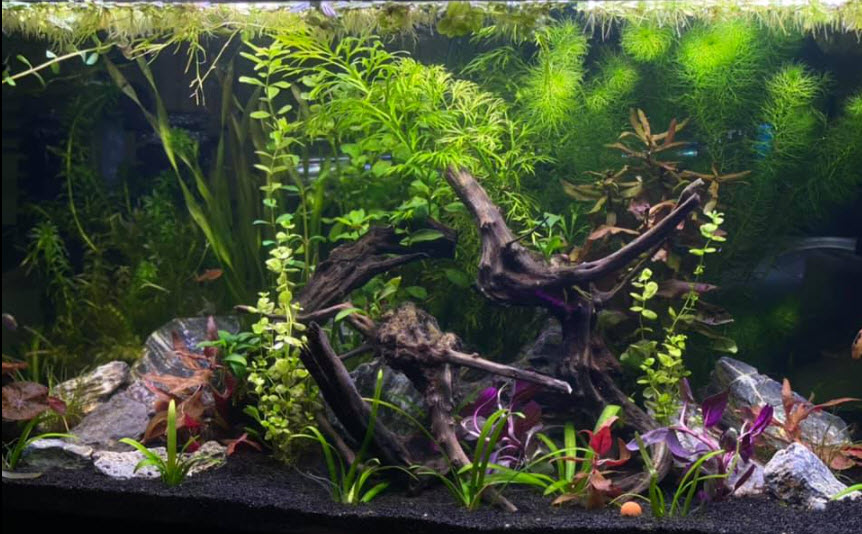
Fertilizers in More Depth
We go into aquarium fertilizers in more depth in the following links:
15.5.5. DIY Epiphytic Fertilizer


